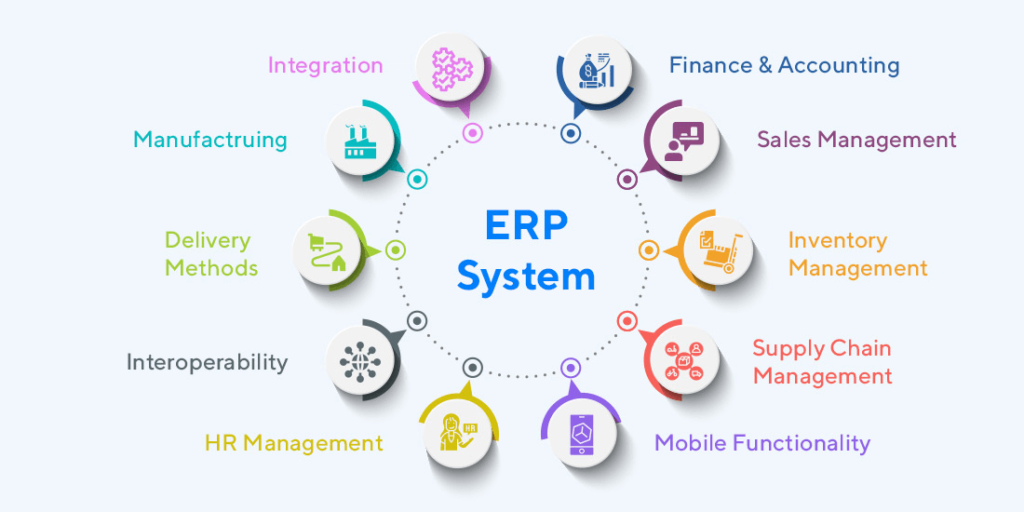Marketplace
A marketplace is an online platform that connects buyers and sellers, allowing them to conduct transactions. Marketplaces can be B2C (Business-to-Consumer), B2B (Business-to-Business), or C2C (Consumer-to-Consumer) depending on the target audience.
Here are some of the functions of the market:
- Facilitating transactions for buying and selling goods and services
- Bringing together sellers and buyers from various regions
- Providing a variety of choices of goods and services
- Increasing competition between sellers
- Increasing efficiency in the buying and selling process
Types of Marketplaces
- E-commerce Marketplaces – Sell physical or digital products.
- Examples: Amazon, eBay, Alibaba, Etsy
- Service Marketplaces – Connect service providers with customers.
- Examples: Fiverr, Upwork, TaskRabbit
- Rental Marketplaces – Allow renting of goods or services.
- Examples: Airbnb (homes), Turo (cars)
- Niche Marketplaces – Focus on specific industries.
- Examples: StockX (sneakers), Reverb (musical instruments)
- B2B Marketplaces – Businesses trade with other businesses.
- Examples: Alibaba, ThomasNet, Faire
Key Features of an Online Marketplace:
✅ User Management – Registration, profiles, and role-based access
✅ Product Listings – Detailed descriptions, images, pricing
✅ Search & Filters – Helps users find products easily
✅ Payment Integration – Secure transactions with multiple options
✅ Order & Delivery Tracking – Manages logistics
✅ Reviews & Ratings – Builds trust and credibility
✅ Seller Dashboard – Allows sellers to manage their inventory and orders
Marketplace vs. E-commerce Store
- Marketplace → Multiple sellers, larger inventory, seller competition (e.g., Amazon)
- E-commerce Store → One seller owns and sells products (e.g., Nike’s website)



